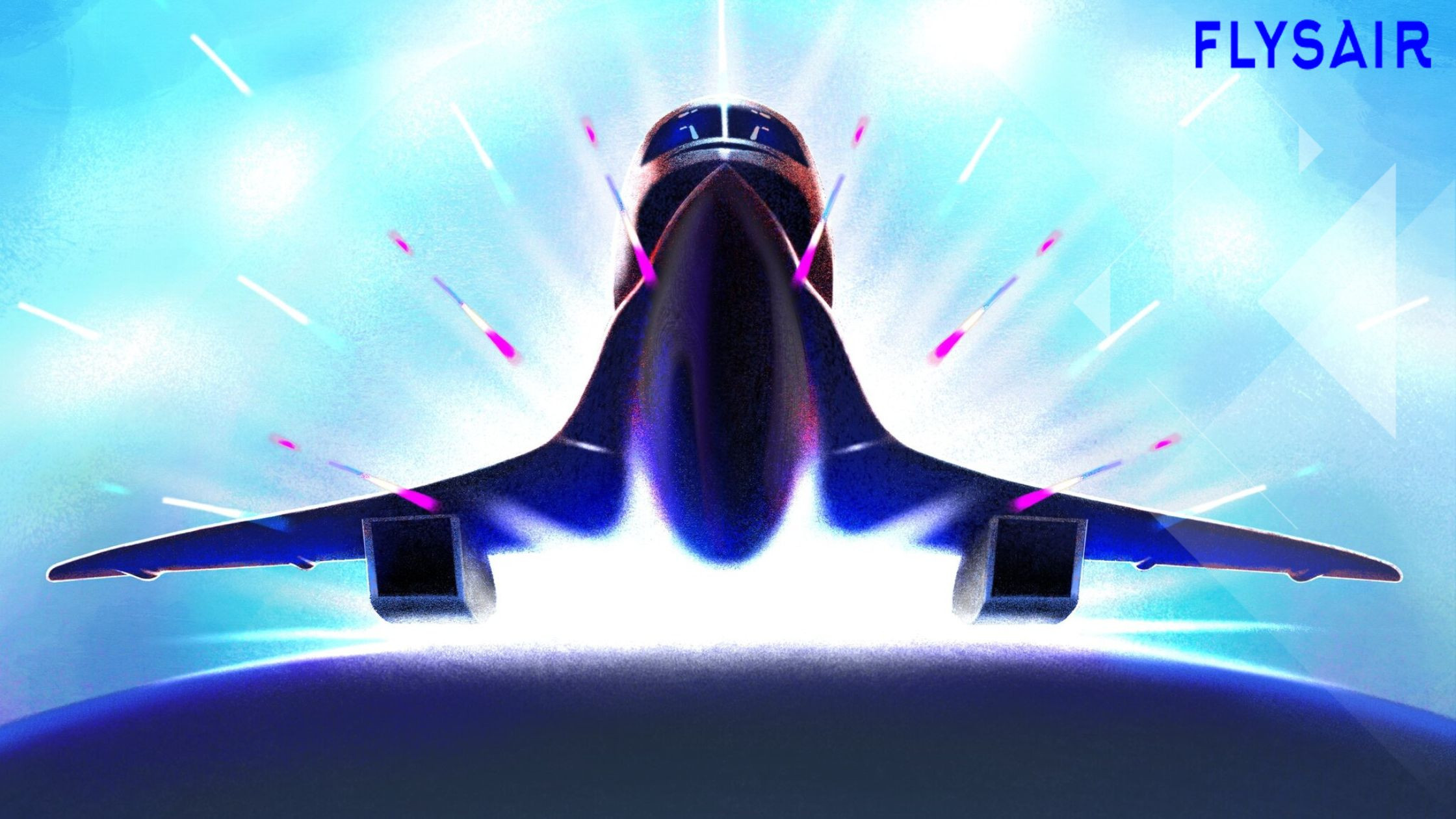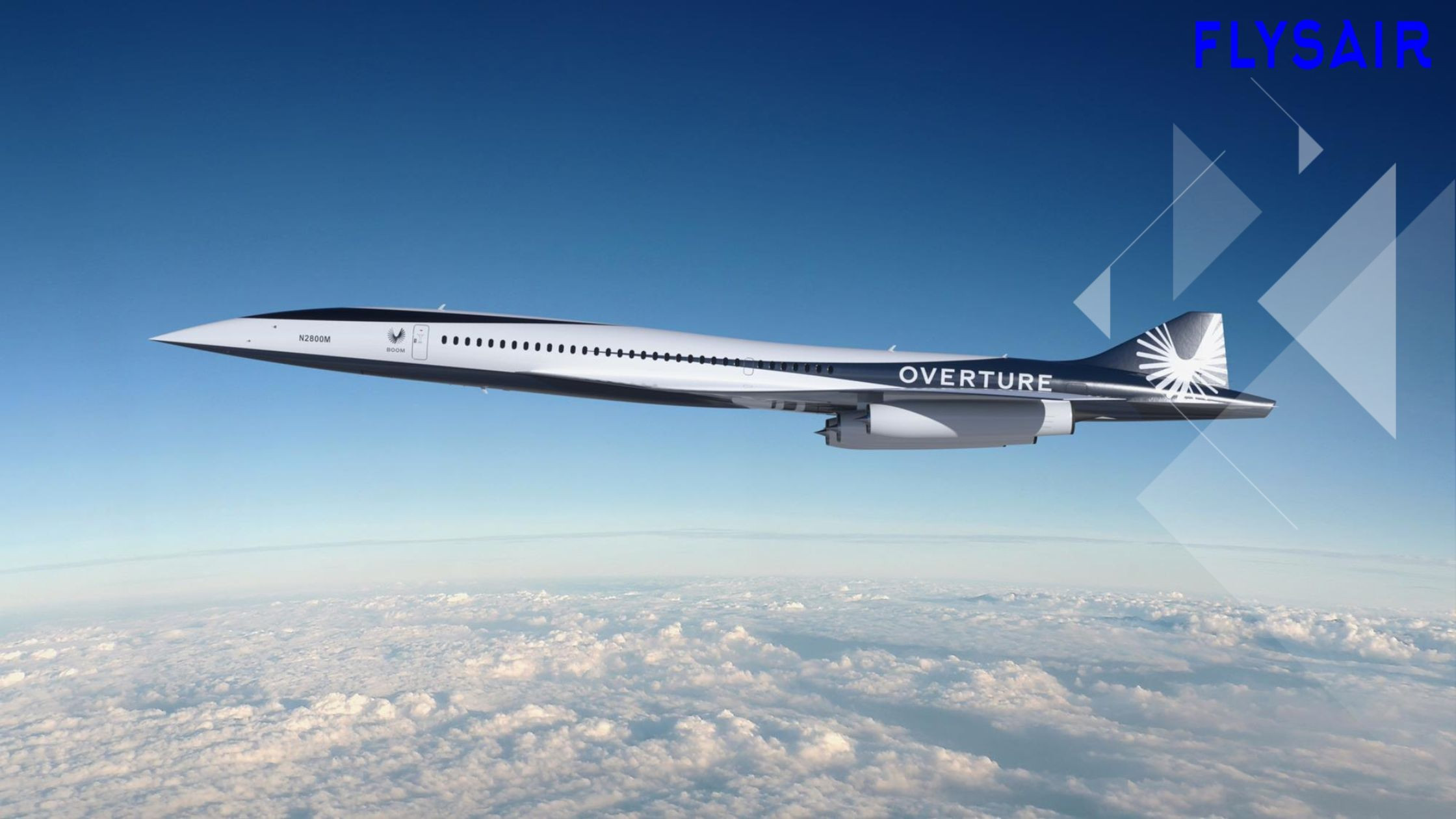The Future of Supersonic Flights: What to Expect
Posted on June 28, 2024 by Admin

The Future of Supersonic Flights: What to Expect
In the realm of aviation, the future of supersonic flights holds tremendous promise and potential. As technology continues to advance at a rapid pace, supersonic aircraft are poised to revolutionize air travel, offering unprecedented speed, efficiency, and luxury to passengers worldwide.
Technological Advancements Driving Innovation
The resurgence of supersonic flights is driven by significant advancements in aerospace technology. Modern materials, revolutionary engine designs, and aerodynamic innovations are overcoming historical barriers, such as sonic booms and fuel efficiency challenges. These technological strides aim to optimize aircraft performance while ensuring sustainability and environmental responsibility.

Benefits of Supersonic Flights
1. Speed and Efficiency
Supersonic aircraft fly faster than the speed of sound, dramatically reducing travel times between major destinations. For instance, a journey from New York to London could be completed in approximately three hours, compared to over seven hours on conventional jets. This time-saving advantage is particularly appealing to business travelers and passengers seeking expedited travel options.
2. Luxury and Comfort
The future of supersonic flights promises an unparalleled level of luxury and comfort akin to private jets. Cabins will feature spacious seating arrangements, advanced entertainment systems, and gourmet dining options, creating a refined and enjoyable travel experience. Enhanced onboard amenities and personalized services will cater to the discerning preferences of travelers, redefining expectations for air travel comfort.
Must Read : The Best Beach Destinations for Your Next Vacation
3. Global Connectivity
Supersonic flights have the potential to enhance global connectivity by making distant destinations more accessible. Improved travel times can facilitate economic growth, strengthen international business relationships, and promote cultural exchange. By bridging geographical distances, supersonic aircraft contribute to a more interconnected and accessible world.

Environmental Considerations and Sustainability
While the benefits of supersonic flights are compelling, addressing environmental impacts remains a critical priority. Aerospace manufacturers are pioneering sustainable aviation solutions, including quieter engine technologies and the use of sustainable aviation fuels (SAFs) to minimize carbon emissions. Advances in aerodynamic design aim to mitigate the noise footprint associated with supersonic travel, ensuring compliance with stringent environmental regulations.
Regulatory and Market Challenges
The path to commercializing supersonic flights involves navigating complex regulatory landscapes and addressing public concerns. Regulatory bodies such as the Federal Aviation Administration (FAA) and the European Union Aviation Safety Agency (EASA) play pivotal roles in certifying new aircraft designs and establishing operational standards. Addressing noise pollution and safety considerations are key priorities in gaining regulatory approval for supersonic operations.
Must Read : Tips for Finding the Best Deals with Frontier Airlines
Faqs
-
1. What defines a supersonic flight?
Supersonic flights refer to aircraft capable of traveling faster than the speed of sound, typically exceeding Mach 1 (approximately 761 mph at sea level). These aircraft generate sonic booms when breaking the sound barrier.
-
2. How fast do supersonic aircraft travel?
Supersonic aircraft can achieve speeds ranging from Mach 1 to Mach 3 or higher, depending on the specific design and purpose of the aircraft.
-
3. Why did the Concorde retire, and how is the new generation different?
The Concorde, the pioneering supersonic passenger airliner, retired due to high operating costs, limited range, and noise concerns. The new generation of supersonic aircraft aims to address these challenges with advanced technologies for improved efficiency, reduced noise levels, and enhanced passenger comfort.
-
4. What efforts are being made to reduce the environmental impact of supersonic flights?
Aerospace manufacturers are developing quieter engines and exploring sustainable aviation fuels (SAFs) to mitigate carbon emissions associated with supersonic travel. Aerodynamic advancements also aim to minimize the noise impact of supersonic flights on communities near airports.
-
5. When can we expect commercial supersonic flights to resume?
Several aerospace companies, including Boom Supersonic and Aerion Supersonic, are actively developing supersonic aircraft with plans for test flights in the mid-2020s and commercial operations expected by the late 2020s to early 2030s, pending regulatory approvals.
Recent Post
- Singapore Airlines: Tips for Booking the Best Seats in Economy Class
- The World’s Busiest Airports: Managing High Passenger Volumes
- How Airlines are Enhancing Passenger Experience with Technology
- The Impact of Low-Cost Airlines on the Aviation Industry
- Top 10 Airlines for Customer Service in 2024
- British Airways: Navigating Avios Points for Free Flights
- The Unique Features of Air France’s Premium Economy Class
- The Best Airlines for Group Travel: Discounts and Services
- Tips for Traveling with Disabilities: Airline Policies and Support Services
- How to Upgrade Your Seat Without Breaking the Bank